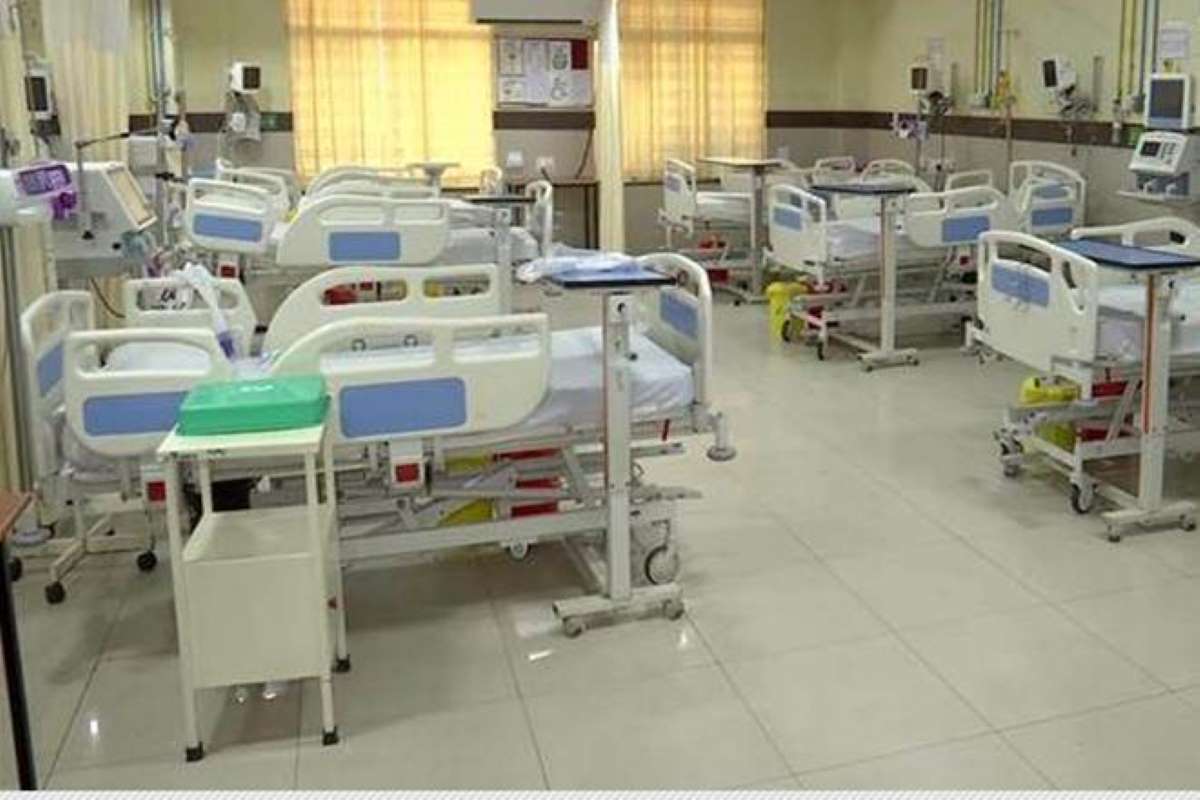
How COVID accelerated adoption of technology by hospitals and patients

That technology is crucial to healthcare and can even save lives was already known, but it was during the COVID-19 pandemic that its adoption in hospitals received a big push.
Managements in health infrastructure have been investing as much as 10 to 15 percent of their total project costs in technology, and most hospitals have plans to expand this further as the pandemic has accelerated the adoption of technology used to manage servers, networks, security, hospital management information systems, Intensive Care Units (ICUs), building management system, patient monitoring systems and tele-medicine facilities, among others.
“Even before the COVID-19 pandemic, technology was being used in hospitals but the public was reluctant to adopt it. With the immobility caused by the pandemic, people were forced to look for alternatives. As a result, about 25 per cent of patients who had been meeting doctors for consultations moved towards e-consultation. Especially, the technology adoption rate in patients aged above 50 years has gone up considerably,” said Harish Manian, CEO of MGM Healthcare.
Explaining that use of technology has helped both doctors and patients, he gave the example of online consultations which have led to patients saving on travelling and waiting time along with fuel costs, while doctors have found time to attend to more people.
Manian pointed to the ease with which consultations for about 40 to 50 disease patterns including cold, cough and viral infections, and first consultations for several other diseases, could be done virtually.
According to Aravindan Selvaraj, co-founder and executive director of Chennai’s Kauvery Hospital, 30 per cent of services provided at hospitals can be extended remotely to patients, but there is a little hesitation among doctors and patients in adopting the form.
“Patients insist on meeting the doctors for the first time though some of them are ready to accept e-consultations from the second or third time onwards. To make doctors adapt to the technology quickly, it should be a part of medical college curriculum,” he added.
Aravindan was moderating a session titled ‘Technology in healthcare: Opportunities and Challenges’ at the 14th edition of TiECON Chennai on Monday. The event has been taking place virtually from November 8 to November 12. The theme of the event is ‘Get set. Resurge’ and will be discussing how fast and drastically the rules of business are changing as businesses had to reinvent rules to stay in the field in the post COVID-19 era.
The urban-rural divide is also something that comes up here.
Also read: COVID variant AY.4.2 not cause for concern right now: INSACOG
There is a wide gap in adoption of technology in urban and rural areas, Manian said, but added that people from rural areas have slowly come around to making use of applications like WhatsApp to connect with doctors.
Several companies are also undertaking initiatives to reduce the urban and rural divide. “Doctors in my hospital have been providing expert opinions to patients in Odisha through one such initiative,” he added.
Speaking about technology expansion plans, he said that they have been working to set up an oncology centre in Tamil Nadu which will allow a patient to get a second opinion on his/her condition from experts. According to one market study, oncology patients get two to three opinions before starting treatment.
Pointing out that hospitals have been investing up to 10 per cent of their total project costs towards technology adoption and usage, Selvaraj said this investment may come down in the future as low-cost solutions emerge.
“While hospitals with good capital are willing to expand technology adoption in the future, the same might be difficult for hospitals that lack capital and those in rural areas which have not received much investment in the last few years,” he explained.
Similarly, the cost of existing treatments would also drop with greater use of technology, he said, and added that solutions should be patient-centric to be successful.
Also read: Youth dies in MP village within 48 hours of first COVID shot

